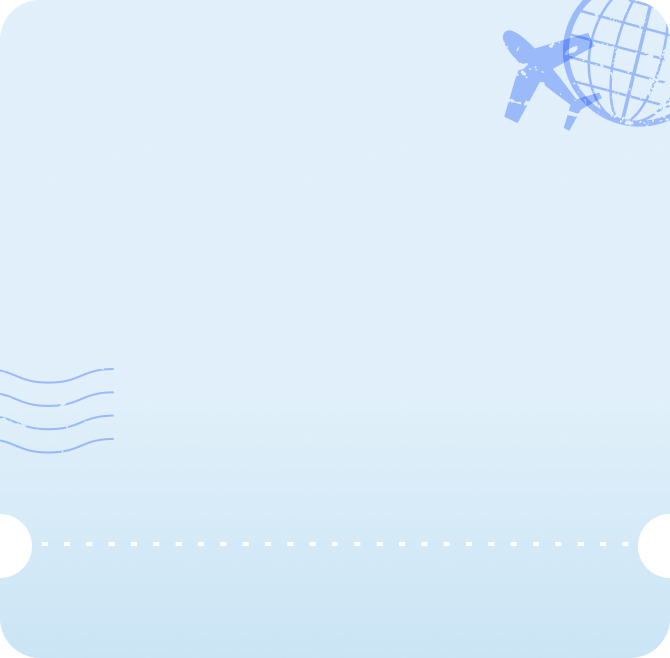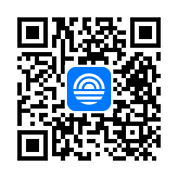
Yes, for example in many airports food and drinks are often much more expensive than outside, sometimes up to 2–3 times the usual price.
Why Prices at Airports are More Expensive
- High rent & fees: Airport retailers pay very high rent and concession fees to operate inside.
- Limited competition: Passengers can’t leave easily to buy elsewhere, so there’s less pressure to keep prices low.
- Security & logistics: All supplies have to pass strict security checks, which increases costs.
- Captive market: Travelers are often in a rush, tired, or have no choice but to buy inside.
What About Coffee Shop?
Coffee shops inside airports usually fall into two categories:
1. International chains (Starbucks, Costa, etc.)
- Their airport outlets often charge more than city branches.
- Example: in many airports, a Starbucks latte can be 30–50% more expensive than in town.
- Reason: higher rent + captive market + airport operator commissions.
2. Airports with price regulation (like NYC, Thailand, Hanoi), coffee shops are subject to the same rules.
- At NYC airports, a coffee shop can’t price drinks more than 10% above regular city Starbucks or Dunkin’ prices.
- At Hanoi Noi Bai, coffee prices have an official maximum cap (e.g., VND 35,000–50,000 depending on location).
- In Thailand airports, coffee vendors must not charge more than ~20% above market prices.
What About SIM Card Shop?
SIM card shops at airports are a lot like coffee shops in terms of pricing: usually significantly more expensive than in the city. Why airport SIM cards cost more:
- Convenience fee: Travelers want immediate connection, so providers charge extra.
- Limited competition: Only a few kiosks inside the airport, unlike the many stores in town.
- High concession rent: Just like coffee shops, SIM sellers pay premium rent to operate there.
- Targeting tourists: Most buyers are short-term visitors who don’t know the local prices.
It’s Better to Install eSIM Than Buy Physical SIM Card
Exactly. For most travelers, installing an eSIM is better than buying a physical SIM at the airport (one recommended option is Eskimo eSIM). Here’s why:
- No overpriced “tourist SIM” – Airport shops often charge 2–3× the street price. With eSIM, you pay a fair global/local rate upfront.
- Instant activation – You can install it before your flight and connect as soon as the plane lands. No need to line up or show your passport.
- Convenient – No hunting for kiosks, no cash needed, no hassle with local language.
- Keep your own number – Since eSIM works alongside your primary SIM, you can still receive calls or messages on your original number.
- Flexible – You can top up, extend, or switch plans without swapping SIM cards.
FAQs
Are duty-free shops always cheaper than city stores?
Not always. While some luxury goods or liquor can be cheaper, many duty-free items cost the same or more compared to downtown prices.
Do airport staff pay the same high prices for food?
No. Many airports have separate staff cafeterias with normal pricing, so employees don’t have to pay tourist rates.
Why do some airports have “price match” policies?
Certain airports (like in the U.S. or Europe) require concessionaires to keep prices close to city levels to protect passengers from overpricing.
Are luxury goods (like watches or designer bags) more expensive in airports?
Surprisingly, not always. Some airports offer tax-free shopping that makes luxury goods slightly cheaper, but only in countries with high VAT or sales tax.
Do all airports worldwide mark up prices the same way?
No. In developing countries, airport food or SIMs can be 2–3x city prices, while in regulated airports (like in New York or Thailand), the markup is capped to around 10–20%.

















